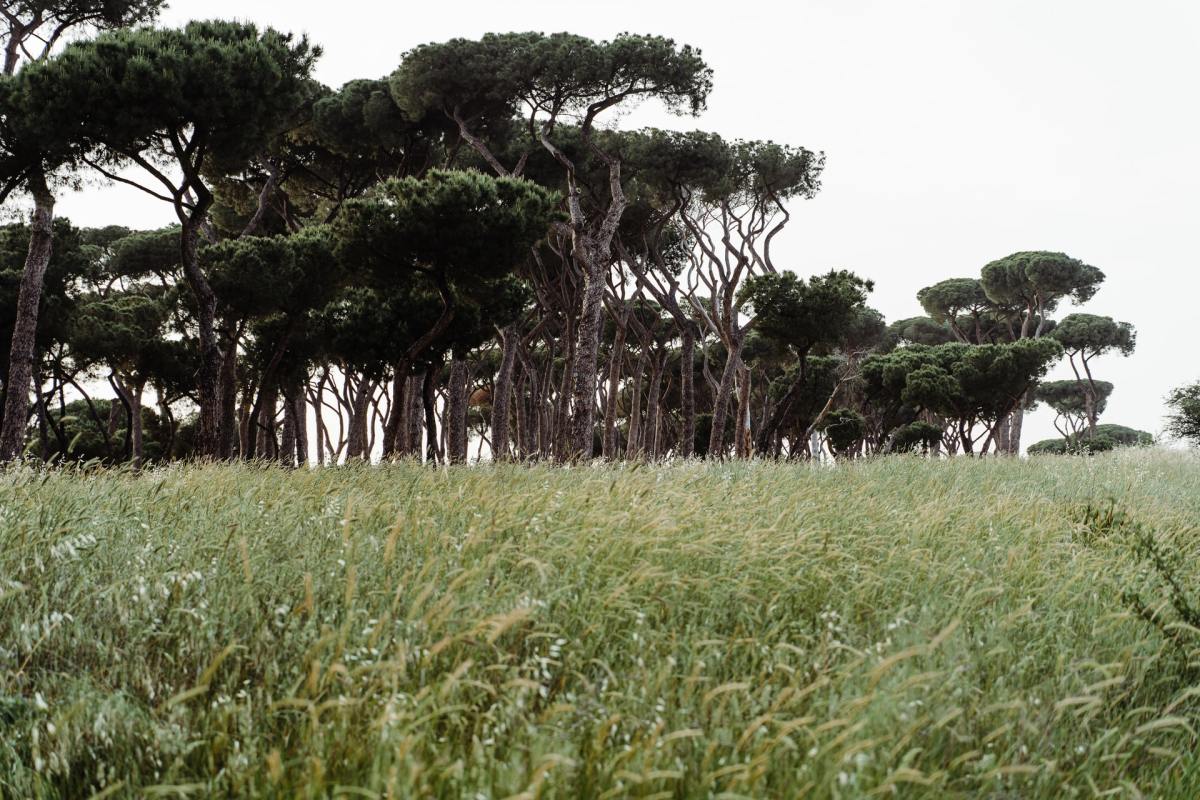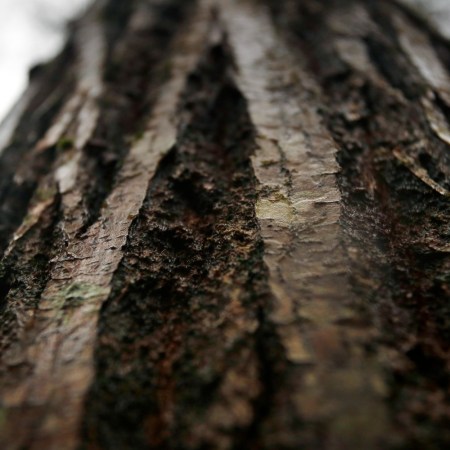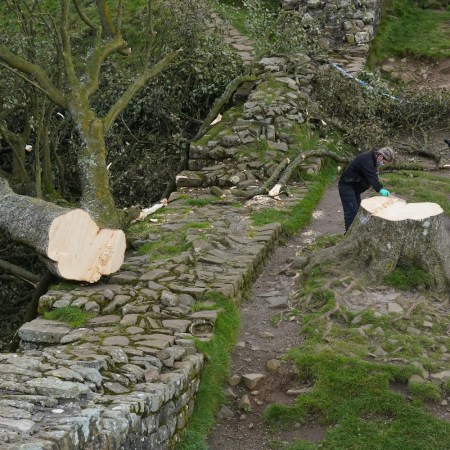Much of the news about threats to trees in the year 2021 has, quite understandably, focused on the danger posed by wildfires — including in Greece and California. But wildfires aren’t the only thing that puts countless trees at risk; another is something that’s going to be familiar to anyone reading this. It turns out pandemics can also strike trees – albeit in a more metaphorical manner – and some of the most distinctive trees in Europe are now at risk.
Writing at The Washington Post, Stefano Pitrelli brings news of the uncertain future facing Rome’s stone pines. Also known as parasol pines and umbrella pines, stone pines are instantly recognizable even if the name doesn’t ring a bell. (Imagine if a giraffe was a pine tree and you’ll get the general idea.) Over the years, the pines have evolved into a symbol of the city’s past and its identity. But a bug called the the North American pine tortoise scale jeopardizes their future.
The article suggests that the bug first arrived in Italy in 2015. The scales devour crucial parts of the trees, and also release a substance on the branches that prevents photosynthesis from occurring — slowly killing the pines. It’s what led activist Francesca Marranghello to describe the phenomenon as a “plant pandemic.”
There are ways to protect against an infestation of scales. Pitrelli describes the use of insecticide as one of several measures people have been taking to protect the stone pines. Last year, Pitrelli writes, warmer temperatures enabled the scales to spread even more widely than they had before.
Which means that the story of Rome’s stone pines is the story of a population beset by a pandemic and climate change. It’s something which sounds all too familiar.
Thanks for reading InsideHook. Sign up for our daily newsletter and be in the know.


















